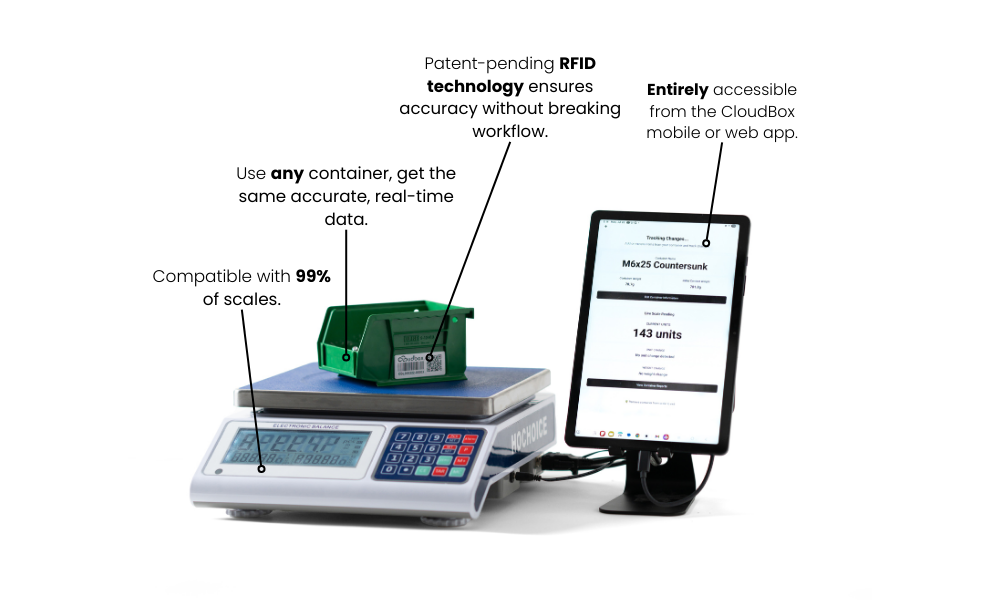
In the high stakes world of healthcare, waste is more than just a budget issue. It is a barrier to care, a strain on staff, and a symptom of broken systems. Every day, hospitals throw away unopened packages, expired medications, or perfectly good supplies that were never used. On the other end of the spectrum, nurses and clinical staff scramble to find items they thought were in stock, only to discover they are gone, misplaced, or expired.
This imbalance between shortage and surplus is not random. It is the result of inventory systems that are disconnected, outdated, or overly dependent on manual processes. When hospitals cannot see what they have, where it is, or how fast it is moving, waste is inevitable.
The good news is that smarter inventory tools can fix this. But it requires rethinking how healthcare systems track and manage the supplies they depend on.
The Scale of the Problem
According to estimates by the National Institutes of Health, U.S. hospitals discard hundreds of millions of dollars in unused supplies each year. Some of this is due to overstocking. Some of it is due to improper storage. But much of it comes down to lack of visibility.
Staff overorder because they do not trust the numbers in the system. Surgeons open trays just to get one tool, leaving the rest to be tossed. Emergency departments hoard items because supply chain delays have burned them before.
These behaviors are understandable. But they are also costly, both financially and operationally.
What Smarter Storage Looks Like
A better system begins with better tracking. Instead of relying on human memory or end-of-day counts, smart inventory tools like CloudBox monitor supplies continuously. Each container tracks the weight of what is inside and updates a live dashboard that anyone on the team can access.
This makes it easy to see what is running low, what has not moved in weeks, and what is at risk of expiring. With that kind of insight, staff no longer need to order extra just in case. They can act based on real data, not assumptions.
CloudBox units also allow for precise restocking. You do not have to refill every bin every time. You refill what is actually being used. That creates a leaner, more responsive inventory system that adjusts to the needs of the department in real time.
Expiration and Rotation Made Easy
One of the most common forms of medical waste is expired product. Bandages, syringes, implants, and medications all come with shelf lives. But when stored in bulk or placed in the wrong order, these items often expire before they are used.
Smart containers help solve this by tracking not only quantity, but movement. You can spot supplies that have not been touched in days or weeks. You can rotate inventory intentionally instead of relying on sticky notes or handwritten reminders. You can even set alerts for when specific stock is nearing expiration, giving you time to use it or transfer it elsewhere.
That kind of control is essential in multi-department systems where supplies move fast and responsibilities are shared.
Preventing Overstock While Avoiding Gaps
One fear many hospitals have is that better control means tighter margins and more risk of running out. But visibility does not mean scarcity. It means precision.
When you know what is being used and when, you can plan restocks accurately. You avoid the need to overcompensate. You can even reduce your storage footprint and keep more space available for critical items.
This balance is especially important in outpatient clinics, surgical centers, and rural hospitals where supply budgets are tight and restocking delays are common. With CloudBox, teams can store smarter, stock smarter, and spend smarter.
Final Thought
Medical waste is not just about throwing away supplies. It is about time, energy, and money lost because teams cannot trust the systems around them.
By giving healthcare staff the visibility they need to make informed decisions, smart storage helps close the gap between what is available and what is needed. It helps move from overordering and underusing toward a system that adapts, learns, and supports care.
If your hospital is dealing with waste, stockouts, or constant uncertainty, the answer is not always more inventory. Sometimes, it is better inventory.
.avif)

.png)




.png)

.png)
.png)




